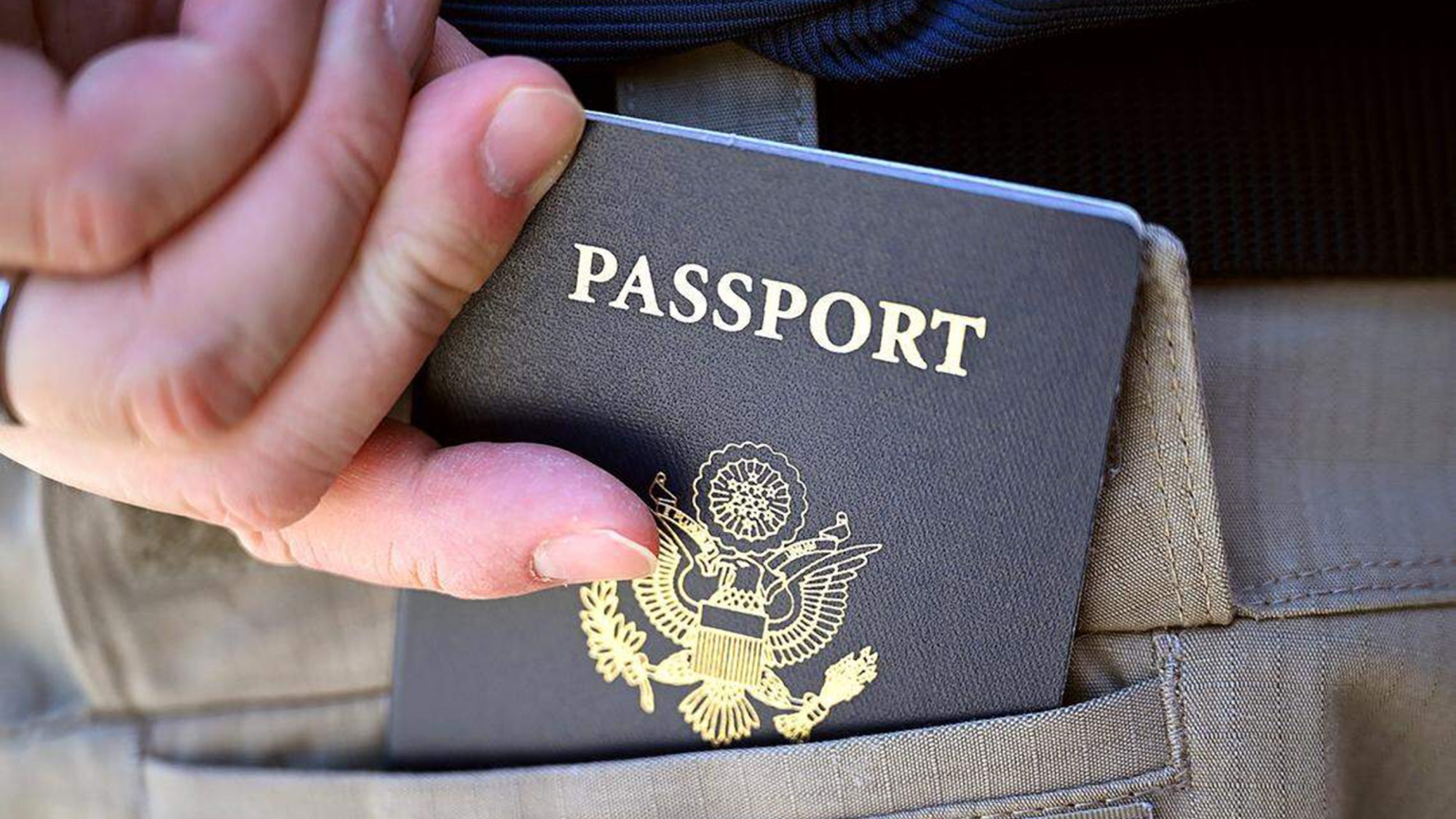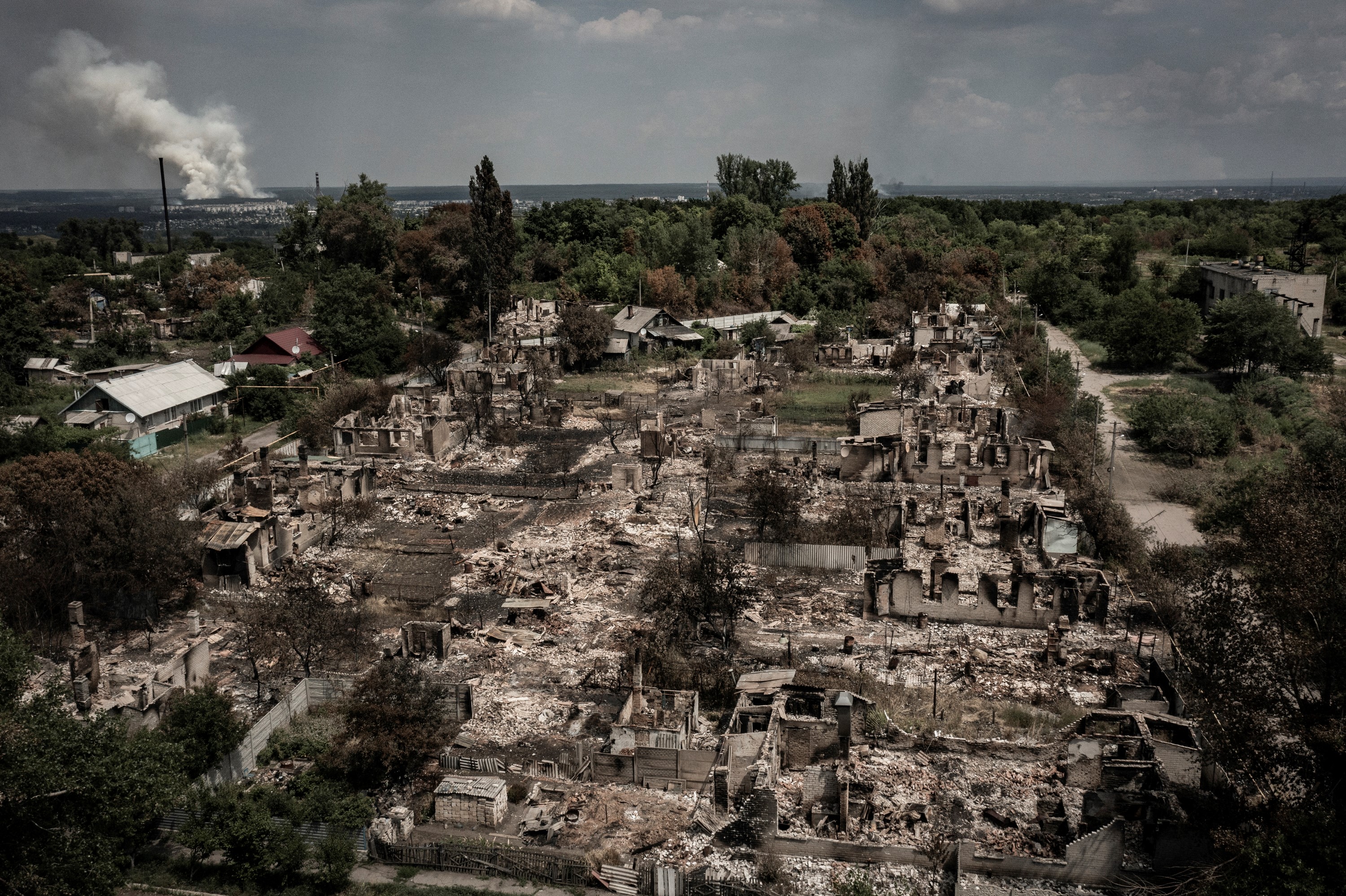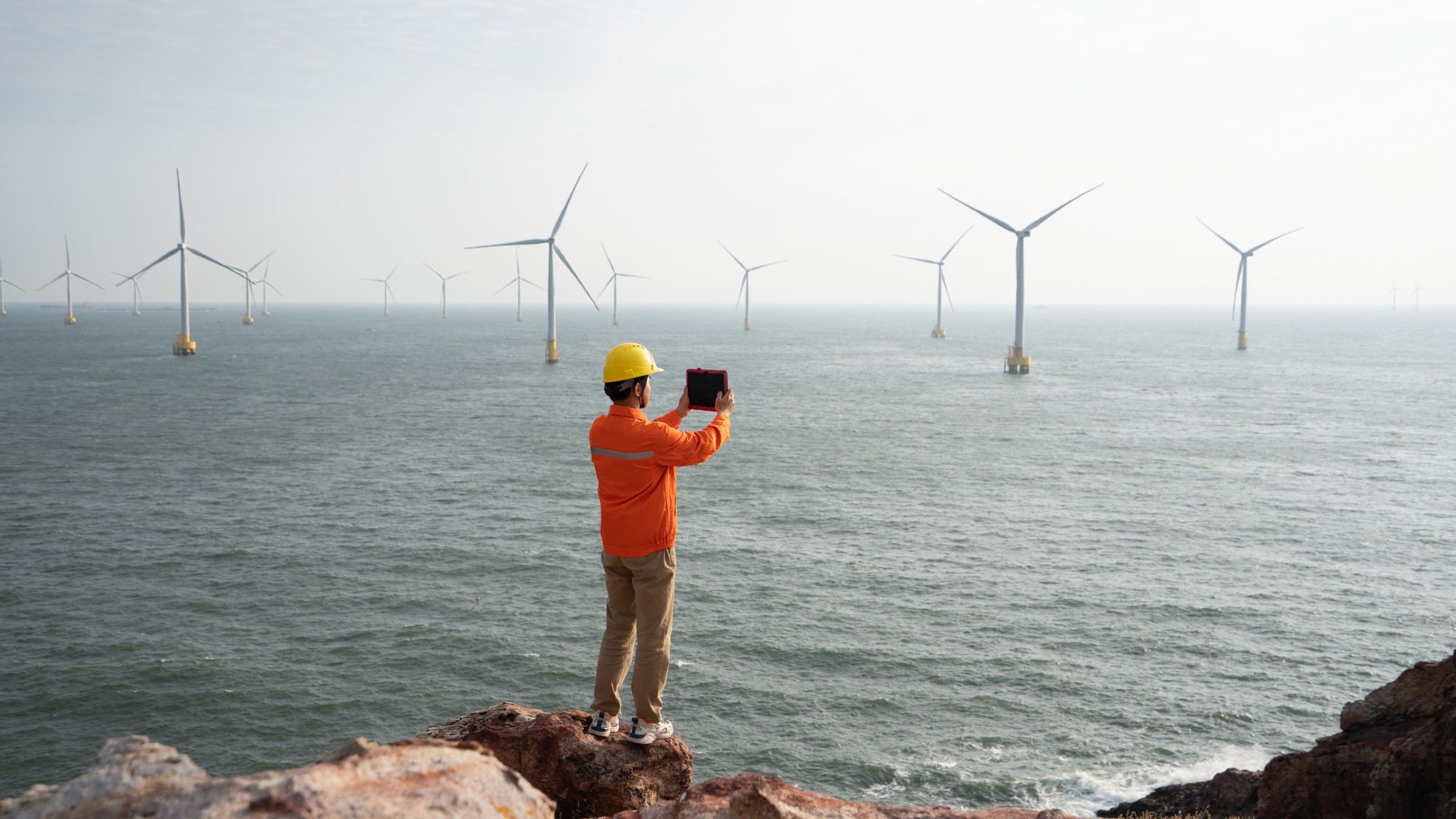This week’s travel dream: The diverse swirl of Istanbul
Turkey's legacy of integrating people of every creed, color, and ethnicity is reflected in Istanbul, the country's largest city.
“Come, come whoever you are,” said Joan Juliet Buck in Condé Nast Traveler. Those words of the 13th-century Persian poet Rumi, who himself came to Turkey and is buried in the town of Konya, seem to embody the open, accepting nature of the country. Before Turkey became a constitutional republic, in 1923, the Ottoman Empire operated on a system of “millets” or nationalities, integrating people of every creed, color, and ethnicity into one “intense mixture.” That legacy is reflected in Turkey’s largest city, Istanbul, which is “modern and Muslim, European and Asian, cutting-edge and conservative, and, though at least two millennia old, thrillingly hip.”
For a week, I bounced around the city, experiencing the old before taking in the new. I dined like a sultan at Cigaran Palace Kempinski hotel, named after the 19th-century palace next door. Breakfast “unfolded like a compendium of all the food in the world”: Tandoori chicken, marinated bocconcini, salmon terrine, orange-flavored crepes, and apricots stuffed with nuts. In the Harem at Topkapi Palace, which once housed the mothers, children, wives, and concubines of Ottoman sultans, I walked the stone passageways and gaped at elaborate “tiled walls, arches, baths, and great painted rooms.” Later I watched the mystical Mevlevi order of whirling dervishes, their wide skirts stirring up a “breeze that seemed to pull us all into participation in a mesmerizing, impossible, moving stillness.”
Then I whizzed off on a feribot, or ferry, to discover the city’s ultra-trendy spots. “Hip Istanbul beats hip anywhere else: cooler, better designed, more knowing.” I visited the SantralIstanbul, a modern art museum housed in an old power plant. I sunbathed at Suada pool, “where Istanbul’s jeunesse dorée like to hang out,” which floats on a barge on the Bosphorus Strait. I danced the night away at Ortaköy, a mosque built in 1854 that’s now “party central.” By the end, Istanbul “had reeled me into a state of joy, as if the seismically unstable hinge of Europe and Asia were a vortex of stamina, enthusiasm, and appetite.”
The Week
Escape your echo chamber. Get the facts behind the news, plus analysis from multiple perspectives.

Sign up for The Week's Free Newsletters
From our morning news briefing to a weekly Good News Newsletter, get the best of The Week delivered directly to your inbox.
From our morning news briefing to a weekly Good News Newsletter, get the best of The Week delivered directly to your inbox.
Contact: English.istanbul.com
A free daily email with the biggest news stories of the day – and the best features from TheWeek.com
-
 US citizens are carrying passports amid ICE fears
US citizens are carrying passports amid ICE fearsThe Explainer ‘You do what you have to do to avoid problems,’ one person told The Guardian
-
 All roads to Ukraine-Russia peace run through Donetsk
All roads to Ukraine-Russia peace run through DonetskIN THE SPOTLIGHT Volodymyr Zelenskyy is floating a major concession on one of the thorniest issues in the complex negotiations between Ukraine and Russia
-
 Why is Trump killing off clean energy?
Why is Trump killing off clean energy?Today's Big Question The president halts offshore wind farm construction